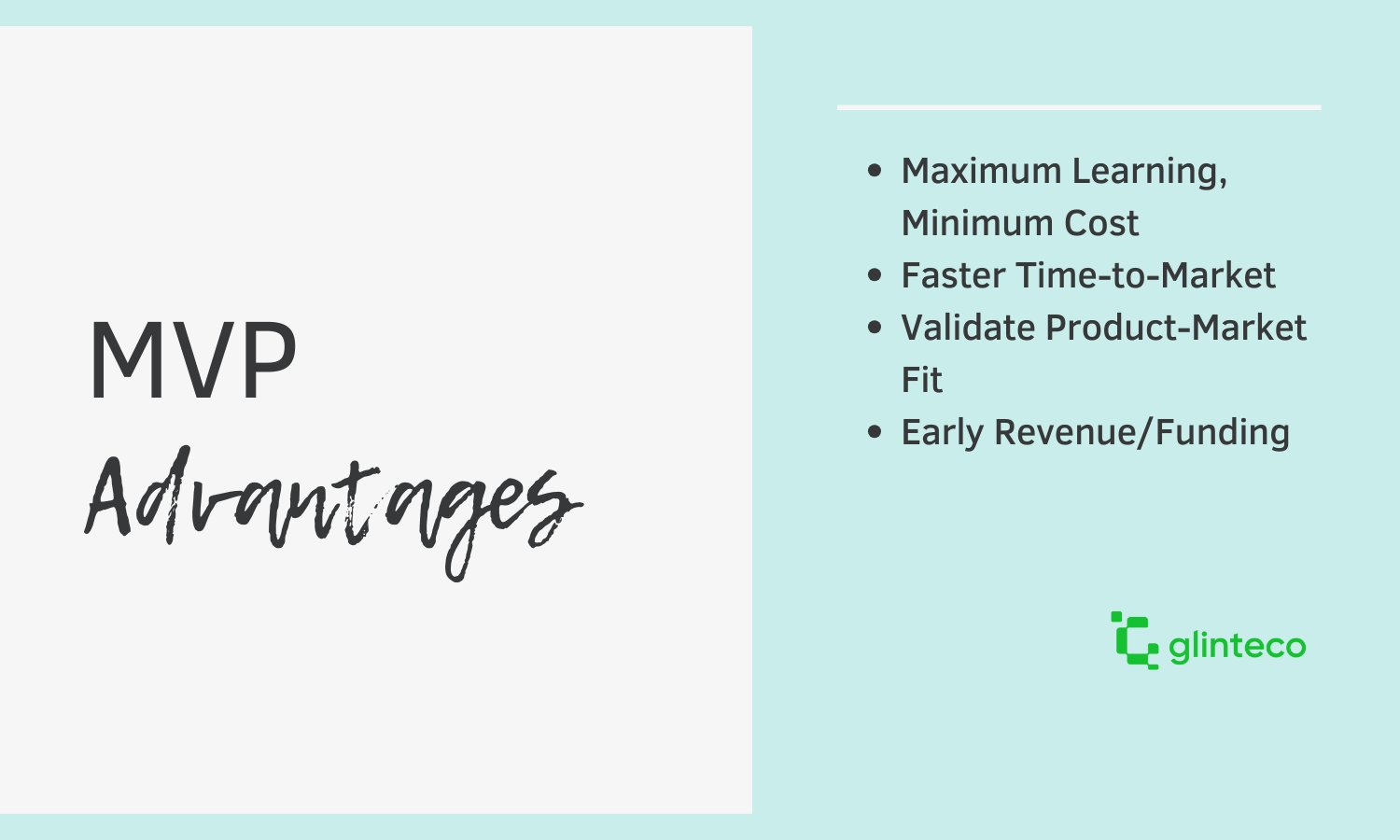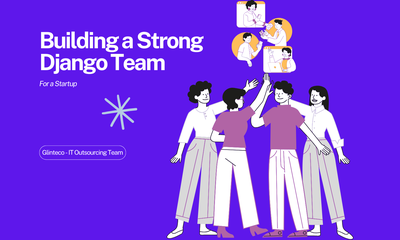The MVP Paradox: Why the World’s Most Popular Product Strategy is Often Misused
By hientd, at: Oct. 1, 2024, 4:57 p.m.
Estimated Reading Time: __READING_TIME__ minutes


The Minimum Viable Product (MVP) - the version of a new product which allows a team to collect the maximum amount of validated learning about customers with the least effort - is perhaps the most popular term in modern startups and enterprise innovation. It is the cornerstone of the Lean Startup methodology, yet it is also one of the most misused concepts in development.
The Enduring Popularity of the MVP
The MVP gained massive traction because it offered a crucial antidote to the traditional "waterfall" approach, where companies would spend years building a perfect product in secret, only to launch and discover the market didn't want it.
The MVP became popular because it promises to de-risk innovation. By focusing on learning and rapid iteration, it shifts the investment away from massive, speculative builds and toward small, measurable experiments.
The Advantages of the MVP Approach
-
Maximum Learning, Minimum Cost: The core advantage is efficiency. An MVP lets you test your riskiest assumptions (e.g., "Will people pay for this feature?") with the smallest possible investment of time and resources
-
Faster Time-to-Market: It significantly shortens the development cycle, allowing you to establish a market presence quickly and beat competitors who are stuck in longer planning phases.
-
Validate Product-Market Fit: By placing a tangible product in the hands of real users early, you get authentic, unbiased feedback on whether your solution solves a real problem in a meaningful way
-
Early Revenue/Funding: A launched MVP, even a basic one, can generate initial revenue or prove traction, which is crucial for securing subsequent rounds of funding.
The Disadvantages and Pitfalls of the MVP
While powerful, the MVP approach has significant drawbacks when executed poorly, a common issue Glinteco sees in the field:
| Disadvantage | Description | The Wise Correction (Glinteco Perspective) |
|---|---|---|
| The "M" (Minimum) Problem | Teams focus too heavily on being "minimal" (cheap and fast), resulting in a poor user experience, bugs, and a lack of necessary polish. | Shift to MLP (Minimum Lovable Product). The product must be polished enough to solve one core problem elegantly, generating loyalty, not frustration. |
| False Negatives | A poorly designed MVP (too buggy or hard to use) fails, leading the team to falsely conclude the idea is bad, when the execution was the failure. | The MVP must be disciplined and focused. Focus resources on making the core journey flawless to ensure validation data is reliable. |
| Scope Creep (The Never-Ending MVP) | Teams get stuck in endless iteration, constantly adding features without defining a clear transition point to a scalable architecture or a formal product. | Enforce time-boxing (e.g., the 90-day sprint) and architectural foresight to ensure the MVP is a stepping stone, not a swamp. |
Famous and Successful MVP Cases
The history of technology is littered with MVPs that started small and became global giants by focusing on a single, core value proposition.
1. Dropbox: The Explainer Video MVP
-
Initial MVP: Dropbox founders didn't build a working synchronization product first. Instead, they released a short, three-minute explainer video demonstrating what the product would do (seamless file syncing)
-
Result: The video generated sign-ups, demonstrating massive demand and proving the market risk before writing complex, multi-platform synchronization code. This saved months of engineering work.
2. Airbnb: The Simple Listing MVP
-
Initial MVP: The founders, Brian Chesky and Joe Gebbia, needed to make rent. They didn't build a global booking platform. They simply created a basic website and listed their own spare room, offering "Air Bed and Breakfast" to visitors attending a design conference in San Francisco
-
Result: They manually took photos of their apartment and handled the bookings themselves. This experience validated two things: 1) people would pay to sleep in a stranger's spare room, and 2) personalized, high-quality photos were key to gaining trust. They proved the core value proposition with zero complex technology.
3. Facebook (Thefacebook): The Exclusive Niche MVP
-
Initial MVP: Thefacebook (as it was originally called) was not launched to the world. It was initially restricted to Harvard students only
-
Result: This deliberate exclusivity and niche focus was the MVP's core strength. It created artificial scarcity, fostered genuine community, and allowed the team to iterate based on the demands of a highly focused, known user group before expanding one university at a time. It scaled only after the core value (connecting students) was proven to be addictive.
Conclusion: The MVP is Discipline, Not Just Delivery
The success of these companies proves that the MVP is less about the code and more about the discipline to ask the right questions. The MVP's power is that it acts as a structured experiment.
To avoid the common pitfalls, Glinteco advises organizations to view the MVP not as a cost-cutting measure, but as the most disciplined, focused path to validated learning. It’s the essential first step in a strategic, scalable product lifecycle.





